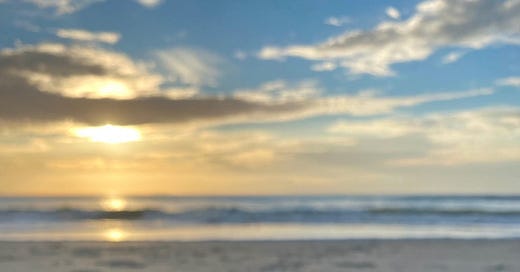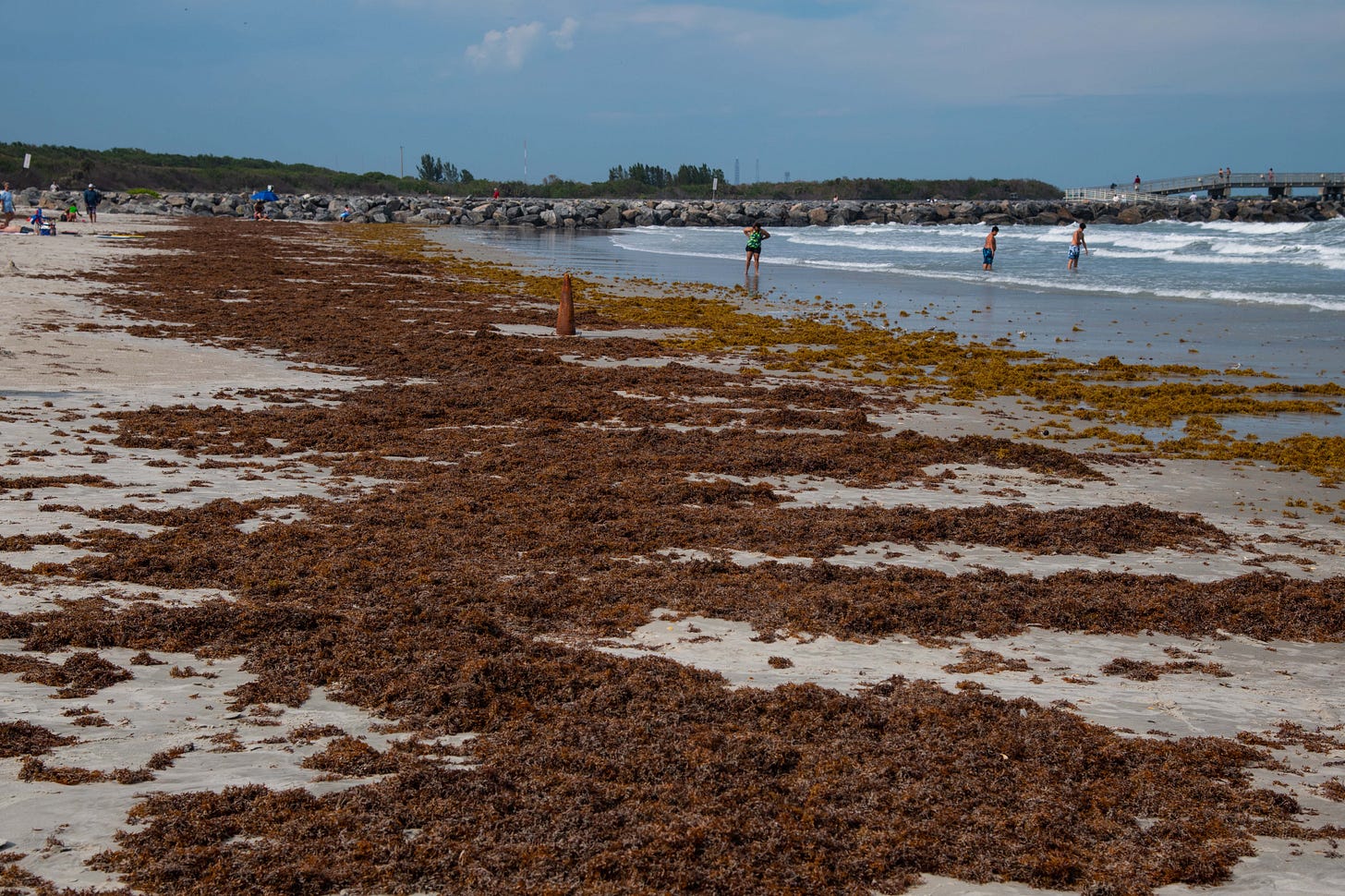2023 is shaping up as a potentially tough year for sea turtles along Florida’s Atlantic coast. Large blobs of sargassum are coming ashore in South Florida, and are expected in Central Florida in June and July. Scientists are forecasting the most severe sargassum season in a decade. At its worst, the seaweed can form a stinky blanket on beaches several feet thick.
What does this have to do with turtles? Mama turtles need to crawl through the sargassum to get to a nesting spot on the beach. Even worse, baby turtles will have to make their way through the sargassum to get to the sea. A little seaweed isn’t a problem, a lot is.
Turtle nesting is serious business along the Archie Carr turtle refuge in southern Brevard County. In April alone over 500 loggerhead nests were reported. And that’s just the beginning of the turtle nesting season. Beaches in the refuge are experiencing higher levels than normal of sargassum, with the worst expected over the summer. There are no plans, or money, to rid the beach of seaweed.
Seaweed is a regular occurrence on Florida Atlantic beaches. This year is expected to be much worse than normal. Some beach communities in South Florida are already using heavy equipment to clear sargassum off their beaches. The cost in Miami Beach alone is over $4 million and counting. At Key West $1 million has already been spent on a short half mile of Smather’s Beach. Beachside communities in Central Florida have no plans or budgets for sargassum removal, and are taking a “wait and see” approach.
For those baby turtles fortunate enough to crawl through the seaweed and get to the water, there may be a benefit. Normally they have to swim long distances offshore to get to the sargassum belt, which provides them with shelter from predators and nourishment. This year they won’t have to swim as far.




